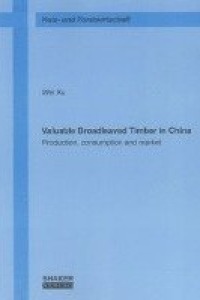
Liknande böcker
Water Governance in Amhara Region of Ethiopia : An Institutional Analysis
Bok av Tilaye Teklewold Deneke
This study aims at understanding and explaining institutions, institutional change and determinants of collective action in water resources governance in Ethiopia with focus on the Amhara regional state. Results of the analysis indicated that existing water resources governance in Amhara region and in Ethiopia at large can best be characterised by centralized ownership of resources and consequent dominance of federal actors, poorly coordinated, downwardly unaccountable and non-transparent governance structures plagued by organisational instability, mandate overlap and lack of responsiveness to changing situations. Analysis of institutional changes at higher levels indicated that water policy changes in Ethiopia, since the time of the imperial era in general and during the last two decades in particular, can be explained, on the one hand, by incremental changes resulting from social learning in which the influence of internal elites and external actors (UNDP, the World Bank and other development partners) is very much pronounced. On the other hand, water policy was subject to drastic changes as a result of crisis caused by ideological changes. Moreover, along with social learning processes, neo-patrimonial nature of the state also partly explains these changes. Analysis of local water resources governance based on case study irrigation schemes and other communal water resources indicated that it is characterised by village power plays, corruption and opportunistic behaviour by actors involved. However, rich social capital, farmers' dependence on local communal resources for their livelihood and long years of organisational experience yield effective indigenous governance structures for local communal water resources management. Factors like inequality in the distribution of irrigation farm land, availability of exit options, uncertainty and bargaining power asymmetry were found to deter collective action in communal water resources governance, whereas, good leadership and linkage between formal and informal governance structures and rich social capital among water users foster collective action for local water resources governance.
Visa pris inkl. frakt Inkl. frakt
Water Governance in Amhara Region of Ethiopia
279 kr
Finns i lager







